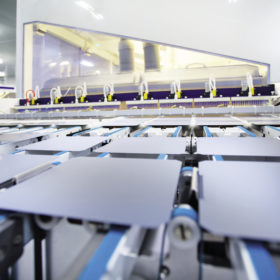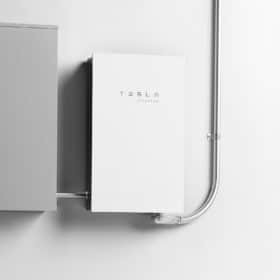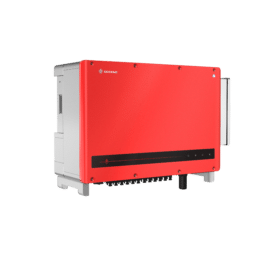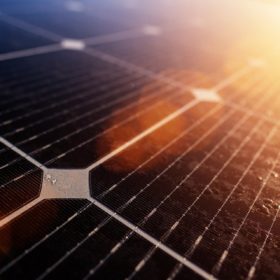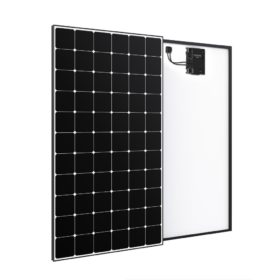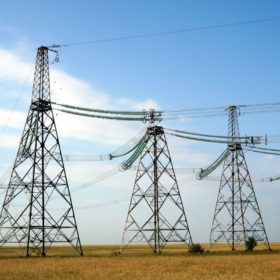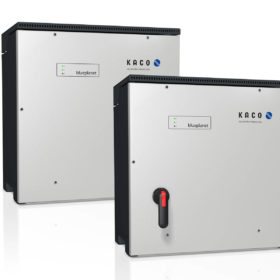Chinese PV Industry Brief: Another 21 GW of module capacity and record PV growth for SPIC
Longi and Risen both announced plans to build up new module and cell manufacturing capacity. Furthermore, the State Power Investment Corporation (SPIC) has revealed it deployed more than 10 GW of solar power last year.
Tesla launches solar inverter
The EV manufacturer with big solar ambitions has finally leveraged its expertise in power electronics technology and launched a solar inverter.
Bangladesh mandates 2% of loans issued must be for green projects
Some 15% of the finance disbursed must fit the wider definition of being ‘sustainable’ and banks and other lenders have been warned penalties will be applied for non compliance.
GoodWe launches 1500 V string inverter series
The two devices of the series have, both, an efficiency of 99%. With this new inverter series, GoodWe has made its first step into the large scale PV business.
Chinese PV Industry Brief: more manufacturing capacity from Trina, GCL Integration and Eging PV
Plans to set up new cell and module capacities have been announced by the three manufacturers. Trina intends to add 10 GW of cell capacity to its manufacturing site in the Sichuan province, while GCL Integration wants to build an 8.5 GW monocrystalline solar cell factory in the Jiangsu province.
Chinese PV Industry Brief: Beijing wants to loosen restrictions on glass
Furthermore, Chinese manufacturers JA Solar and Akcome both want to add 6 GW of manufacturing capacity to their respective panel production operations. Trina and Tongwei will jointly deploy another 15 GW of ingot capacity.
Maxeon brings its AC module with power of up to 415 W to Europe
Authorized Sunpower distributors and installers in Germany, Switzerland, France, Belgium, Luxembourg, Malta, and the Netherlands are now offering the Maxeon 5 AC module for rooftop projects. An Enphase microinverter is already integrated into the product.
Chinese PV Industry Brief: Another 50 GW solar module factory in sight
Meanwhile, the China Photovoltaic Industry Association (CPIA) has confirmed that newly installed PV capacity for this year should be around 40 GW.
The future of power electronics is distributed, aggregated and service oriented
IHS Markit released a white paper in which the analyst outfit shared some predictions for the power electronics market. First and foremost, inverters will become smarter, and after some power outages in key markets, these devices are gearing up to take on more grid stabilizing tasks, which hitherto had been reserved for synchronous generators.
Kaco unveils string inverters with silicon carbide transistors
The blueplanet 155 TL3 and 165 TL3 inverters, designed for the large-scale segment, are claimed to offer 15% more power than their predecessor models without silicon carbide transistors.
